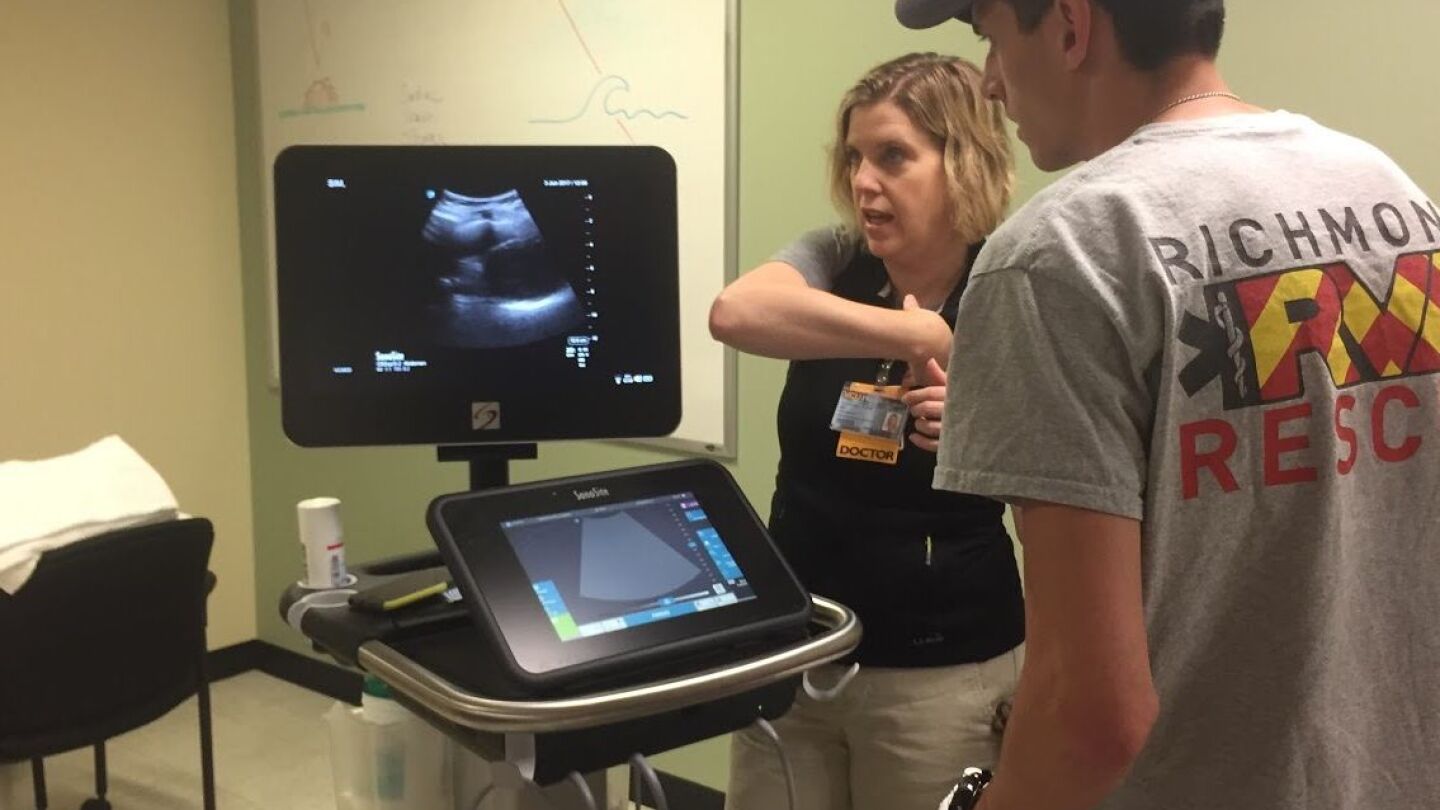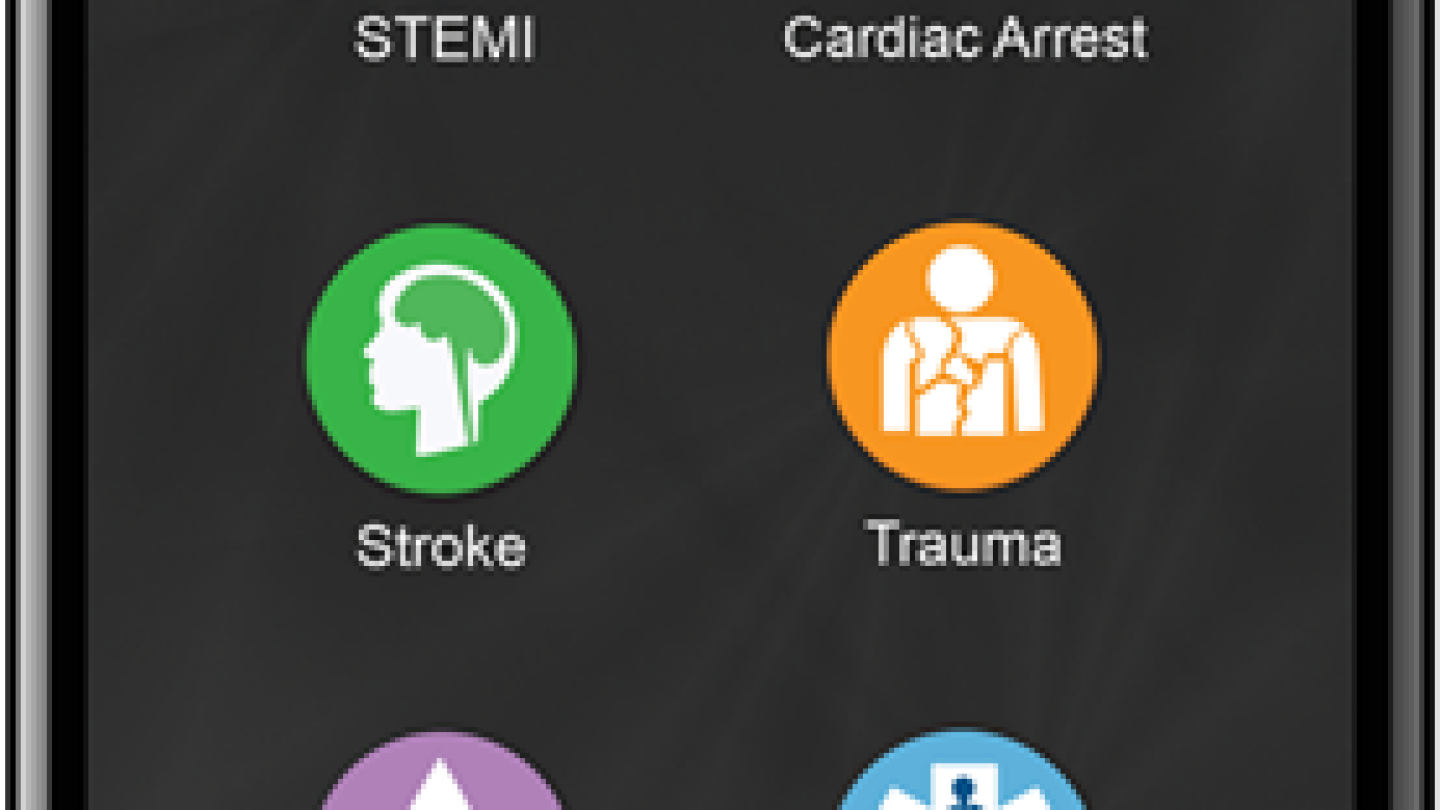Clinical
Access our directory of clinical articles in EMS, which offers in-depth information on patient assessment, treatment protocols, and emerging medical practices. This collection covers various clinical topics essential for EMS professionals, from advanced pharmacology to trauma management. Staying up-to-date with clinical knowledge is vital for delivering high-quality patient care. For additional resources, explore our section on Medical Research. Enhance your clinical expertise with our expert-driven content.
Watch as Steve Whitehead shares quick tips for improving stroke care
Day 1 of the Wisconsin EMS Association conference featured sessions on sepsis, electrolyte imbalances, facial trauma and traumatic amputations
“What happens when the kidneys aren’t getting enough blood? They sound the alarm with renin.”
Are you ready to respond to a stroke emergency call? Find out by taking our quiz
Our co-hosts discuss what details make for a flawless, smoothly-run clinical department, and how you can achieve it at your agency
Greenboro’s GCSTOP prevents repeat overdoses by counseling “persistent users to enter treatment or adopt evidence-based harm-reduction practices”
Know when to stop, how much assistance to provide and how to hand off patient care to responding authorities
Eve Grau, co-founder of Royal Ambulance, shares the company’s philosophy for cultivating highly-motivated employees and how it positively impacts their agency
Do you know the most current protocols for treating arrhythmia, cardiac arrest and other heart conditions?
Create a safe and affirming environment for all patients by knowing and calling patients by their preferred name and pronouns
Huntington Fire Department Chief Jan Rader discusses her community’s unique approach to decreasing opioid overdoses
Dr. Mohak Davé was named emergency department director of the year for his success in “quality patient care, operational effectiveness and patient satisfaction”
The research aims to show that the gas known as xenon lessens brain injury in successfully resuscitated cardiac arrest patients
Safe Stations turned all 12 of Providence’s firehouses into safe havens for people seeking treatment for their addictions
Mike McConnell was suspended for four days for taking a photo and video of a patient in 2016, and Kevin Murphy was suspended for 10 days for distributing them
Climate change, connectivity, value-based reimbursements will shape the coming year in EMS service and delivery
Address protocols for all the institutions involved across the continuum of care to initiate definitive treatment for STEMI patients
How far has prehospital point of care ultrasound come in the past year and, more importantly, where is it going next?
Gaston County’s GEMS-CARE lets people who pay an annual fee avoid out-of-pocket costs for medically necessary ambulance transportation
John Harahus picked up the first aid kits from his father, Craig, and called 911 after opening them and finding picric acid inside some of the bandages
Forecasting how the Democratic House and GOP Senate will impact drug and healthcare billing, Medicaid expansion and the ACA
Examining the hardware and software requirements, and where P-POCUS fits into the EMS scope of practice
Delmar Bethlehem EMS helped outfit Bethlehem Police Department cruisers with medical kits filled with emergency medical supplies
Scarlett Lewis praised audience members for being the”heroes” of trauma response and discussed the importance of social-emotional learning
Paramedic James Shearer’s Emergency Medical Translator is a booklet that contains nine languages and allows patients to point and use yes or no answers
The additional modules include Trauma, Sepsis and Cardiac Arrest, allowing care team members to communicate about patients more efficiently
A pharmacist can help EMS improve patient outcomes, participate in protocol development, and collaborate on EMS research projects
Dozens of medical personnel sprang into action within minutes of a three-vehicle crash involving one fatality and more than two dozen injured victims
Two hospitals received $400,000 each, which allows them to keep patients in their emergency rooms until they start showing withdrawal symptoms
A look at how paramedics treat people for pain-related emergencies shows that complaints of pain from black, Asian and Latino people are sometimes ignored
EMTs Brian Costa and Era Koroveshi drove the ambulance for over an hour to take hospice patient Laura Mullins to see the Scituate Lighthouse
EMS triage and destination, emergency department, transfer and stroke team protocols are essential to rapid definitive treatment for ischemic stroke






















